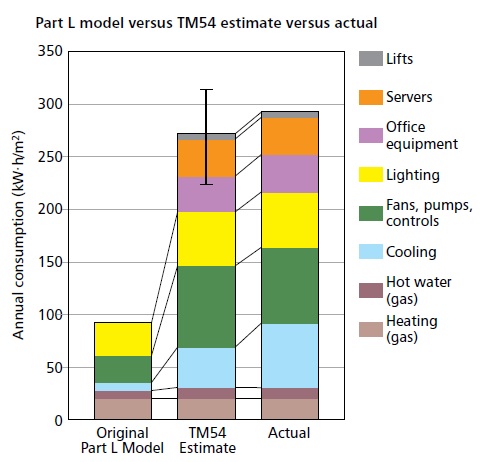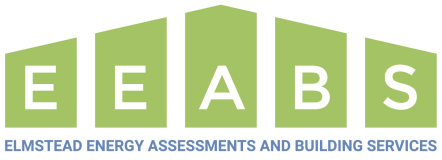The Importance of Building Energy Modelling
An article by the Telegraph titled ‘Energy Scandal: Misleading Efficiency Claims Leading to Huge Bills for Homeowners’ threw some serious criticism at the building energy modelling community, but is it warranted.
The article claims that homeowners and businesses are being hit with unexpectedly high energy bills and blames energy modellers for misleading the occupiers by massively overestimating the energy efficiency of buildings. As experienced building energy modellers ourselves, we feel that this criticism is a little unfair.
Building energy modelling for the purpose of SAP Calculations, Part L2 (SBEM) calculations and Energy Performance Certificates will only take into consideration the regulated energy uses within a building, such as the heating, hot water, ventilation, and lighting. Unregulated uses from small power consumption from items such as computer, TV’s and aquariums are not accounted for.
This is because, unlike the regulated emissions which are fairly uniform for buildings of similar size and use, the amount of unregulated emissions can vary widely per building. For example, a home may only have the one TV, whereas their neighbour may have a TV in every room, a number of home computer systems and also a large decorative fish tank.
Clearly the energy usage between these two similar buildings would be considerably different and impossible to model at the design stage without knowing the end user’s requirements.
As well as the differences in small power usage, another factor that can increase the energy usage would be the external weather conditions. Although we use actual recorded weather data in all our Thermal Models, these are averages taken from past years and with the impact of climate change, they may not accurately reflect the weather conditions experienced by a building once it is built.
A full list of factors that can increase the energy usage of buildings away from what is calculated by energy modelling can be seen in the image below taken from CIBSE TM 54 – Evaluating Operational Energy Usage.

The performance gap between design and operational energy usage has been know about for a long time, and in order to address this difference CIBSE released their TM 54 Guide ‘Evaluating Operational Energy Performance of Buildings at the Design Stage’.
This guide provides a methodology to accurately assess the operational energy usage of a building at the design stage. The graph below shows the difference in energy usage predictions from the original Part L model, using the TM 54 methodology and the actual energy usage for a case study building.

As you can see there is a big difference between the original Part L Models predicted energy usage and the buildings actual energy usage, and this is the reason why the Telegraph article was so critical of energy modelling.
However, the purpose of Part L modelling is not to estimate the final energy consumption of the building and end user, as it only assesses the buildings regulated energy usage. This is something that the Telegraph failed to understand and the reason why occupiers are experiencing higher than expected energy bills.
If the final energy usage is required to be predicted at the design stage then clearly the CIBSE TM 54 methodology should be used in order to provide a more accurate assessment of the buildings energy usage.
If you require thermal modelling, Part L (SBEM) calculations, Energy Performance Certificates or are just looking for an accurate prediction of your buildings energy usage. Please contact us to find out how we can help.



